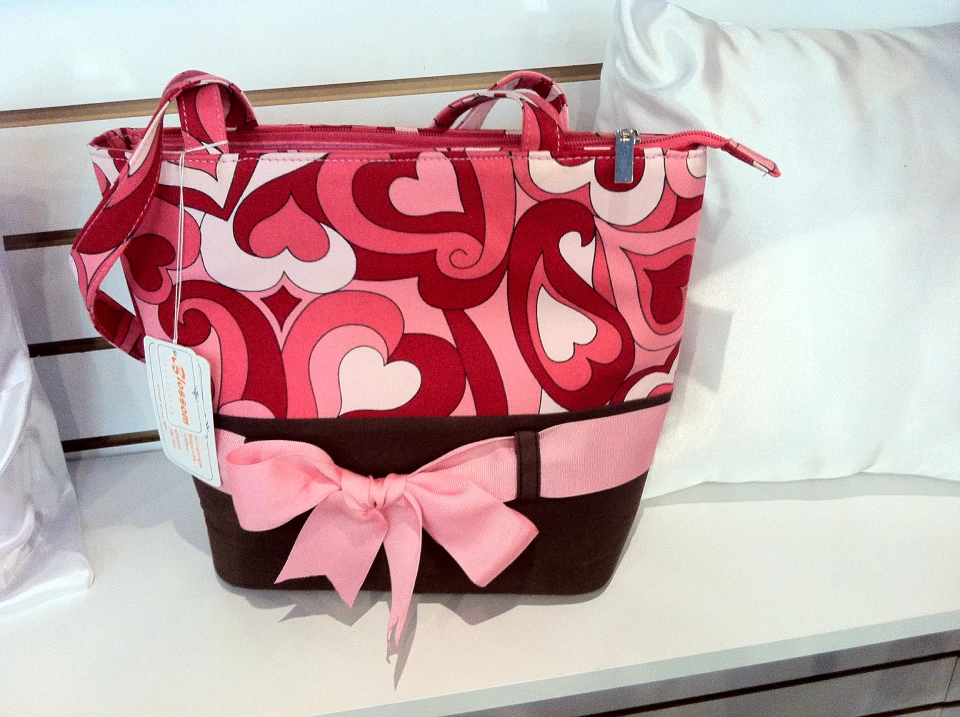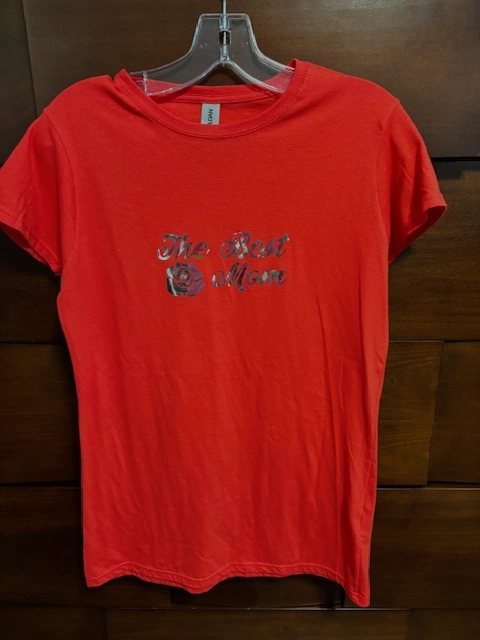Classy Monogramming on Towels for a Touch of Deluxe
Classy Monogramming on Towels for a Touch of Deluxe
Blog Article
The Art of Personalized Needlework: Opening the Secrets to Creating Distinct and Unforgettable Layouts
The keys to developing custom-made needlework designs that astound the eye and leave a lasting perception lie in a delicate equilibrium of strategy, creativity, and attention to information. As we dive right into the globe of custom-made embroidery, we discover the nuanced interaction between string selection, sew complexity, and layout personalization that raises a mere garment to a work of art.
Selecting the Right Needlework Threads
When picking embroidery threads, what vital factors should you take into consideration to make sure the ideal results for your customized designs? The option of embroidery thread is critical in figuring out the final result of your stitched design. Among the main factors to consider is the product of the thread. Different materials such as cotton, polyester, rayon, and silk use varying degrees of sheen, resilience, and structure. It is vital to select a thread material that matches the material you are stitching on and straightens with the preferred look of the layout.
Thicker threads can add measurement and structure to your design, while finer strings are suitable for elaborate details and tiny message. Furthermore, thinking about the shade fastness and washability of the thread is vital to guarantee that your custom-made styles preserve their quality and vibrancy over time.
Exploring Different Stitch Techniques
To dive into the world of 'Discovering Various Stitch Techniques', one need to comprehend the intricacies and nuances that each stitching technique brings to the art of needlework. Different stitch methods not just include visual passion but likewise add to the total appearance and measurement of the design. One prominent stitch technique is the satin stitch, which includes closely jam-packed parallel stitches to produce a smooth and shiny surface, suitable for completing shapes and creating bold describes.
On the various other hand, the backstitch is a versatile technique frequently used for outlining and including fine details. It entails sewing in reverse to produce a solid line of embroidery. Furthermore, the French knot stitch adds a tactile aspect to layouts, excellent for developing distinctive accents like flower centers or ornamental touches.
Checking out different stitch methods enables embroiderers to play with light, shadow, and deepness within their styles, boosting the aesthetic appeal and creative quality of their embroidery tasks. By grasping different sewing approaches, one can open countless possibilities for producing special and unforgettable personalized needlework items.
Incorporating Personalized Design Elements
Having actually explored the details of various stitch techniques such as the satin stitch, backstitch, and French knot, the emphasis now moves towards incorporating individualized layout aspects in custom-made embroidery projects. Customized style aspects play a crucial function in making needlework jobs genuinely one-of-a-kind and memorable.
One more way to include customized style elements is by consisting of icons or themes that hold unique definition to the recipient or show their rate of interests and individuality. For instance, integrating a preferred flower, pet, link or hobby-related sign can make the embroidery layout a lot more significant and customized. Additionally, selecting shades that resonate with the recipient or line up with the designated motif can even more boost the personalization of the needlework task.
Mastering the Art of Color Sychronisation

One key element of shade control is understanding color concept. This consists of knowing exactly how various shades communicate with each other, the feelings they share, and how they can be integrated to produce visually enticing designs. By applying color theory concepts, embroiderers can create harmonious color combinations that improve the total appearance of the layout.
Additionally, focusing on comparison is critical in shade coordination. Using contrasting colors can assist specific components of the layout pop, boost readability, and develop an aesthetically vibrant embroidery item. By his comment is here mastering the art of shade coordination, embroiderers can elevate their designs and develop memorable items that reverberate with customers and visitors alike.
Enhancing Appearance With Advanced Needlework Stitches

French knots, as an example, are ideal for adding little, elevated dots to your design, imitating the look of beads or creating a textured surface area. Bullion knots, on the other hand, can be utilized to produce twisted, ropelike aspects that add a luxurious feel to the embroidery. Seed stitching involves small, scattered stitches that can complete areas with a speckled texture, while turkey job develops cosy, dimensional accents similar to animal fur or vegetation. Trying out these innovative embroidery stitches allows you to press the boundaries of traditional needlework and develop genuinely special and visually appealing appearances in your styles.
Conclusion
Finally, the art of customized needlework involves a mix of selecting the right strings, exploring numerous stitch techniques, including individualized layout aspects, mastering shade coordination, and improving texture with sophisticated stitches. By understanding and carrying out these crucial elements, embroiderers can create special and memorable styles that display their creativity and ability. Embroidery lovers can open the secrets to producing beautiful and bespoke items that stand apart and leave an enduring impression.
Report this page